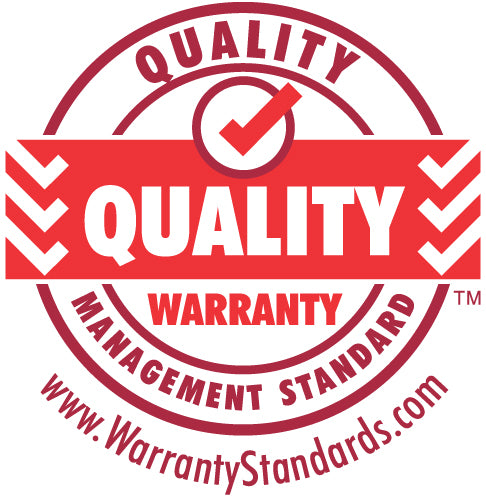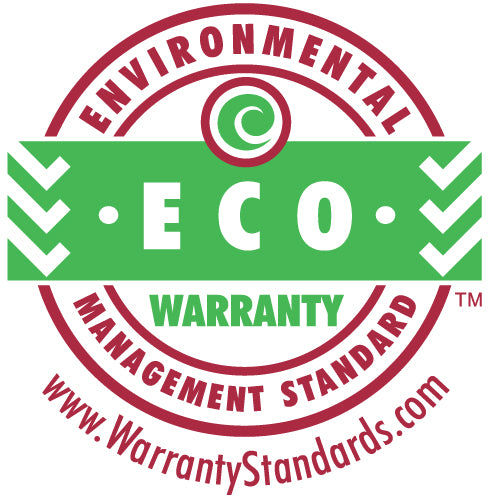ISO 14001:2015 – Environmental Management Standard

ISO 14001 ensures your business is executing ethical environmental practices on a daily basis. It provides tools and tips to reduce your environmental impact and improve environmental performance.
ISO 14001 sets out a plan that a company or organisation can follow to ensure an environmentally conscious management system is being implemented. It can be utilised by any business or organisation regardless of industry, activity, or sector.
It assures your business is executing good environmental practices without compromising quality, performance, or service. Seeking an ISO 14001 certification gains the trust of customers and stakeholders that your business is running smoothly with environmentally conscious practices. It also reassures management and employees that your business is aware of future impact, securing the stability of your business.
ISO 14001 has been implemented by approximately 230,000 organisations in 159 countries.
While there were earlier standards for environmental management systems, ISO first released its 14001 standard in 1996. The current version is ISO 14001:2004.
The ISO 14001 environmental management system standard was developed by an internationally selected standards committee to help all types of organizations develop plans to minimize their impact on the environment, especially to minimise pollution.
ISO 14001 environmental management systems primarily take a preventative approach to environmental impact and pollution by:
- Identifying aspects arising from the organisations operations that could impact the environment
- Determining the potential impact the aspects could have on the environment
- Identifying operational controls including monitoring and measuring methods where appropriate to help minimize the potential environmental impact
- Implementing the controls and monitoring compliance with and effectiveness of the controls
- Taking corrective action when an organisations has impacted the environment
- Learning from non-conformance and incidents and determining appropriate action to help the organization prevent further incidents.
Furthermore, there is a focus on:
- Communication
- Legal compliance
- Emergencies
- Training and competency.
As with ISO 9001 and AS/NZS 4801, it is good management practice to develop written environmental policies and procedures. Written policies and procedures are effective for helping an organisation plan, communicate, check, enforce, and continually improve so that an organisation is better able to minimize its impact on the environment.
If understood and implemented correctly, an ISO 14001 environmental management system should quickly pay for itself both financially and environmentally. We all know that resources cost money, and by implementing systems to help identify and minimize resource use, a savvy organisation should reap these benefits quickly.
As the world becomes more and more environmentally conscious (including employees), the smart choice is to implement a standards compliant ISO 14001 environmental management system and enjoy the marketing benefits of recognition that comes from ISO 14001 Certification.



